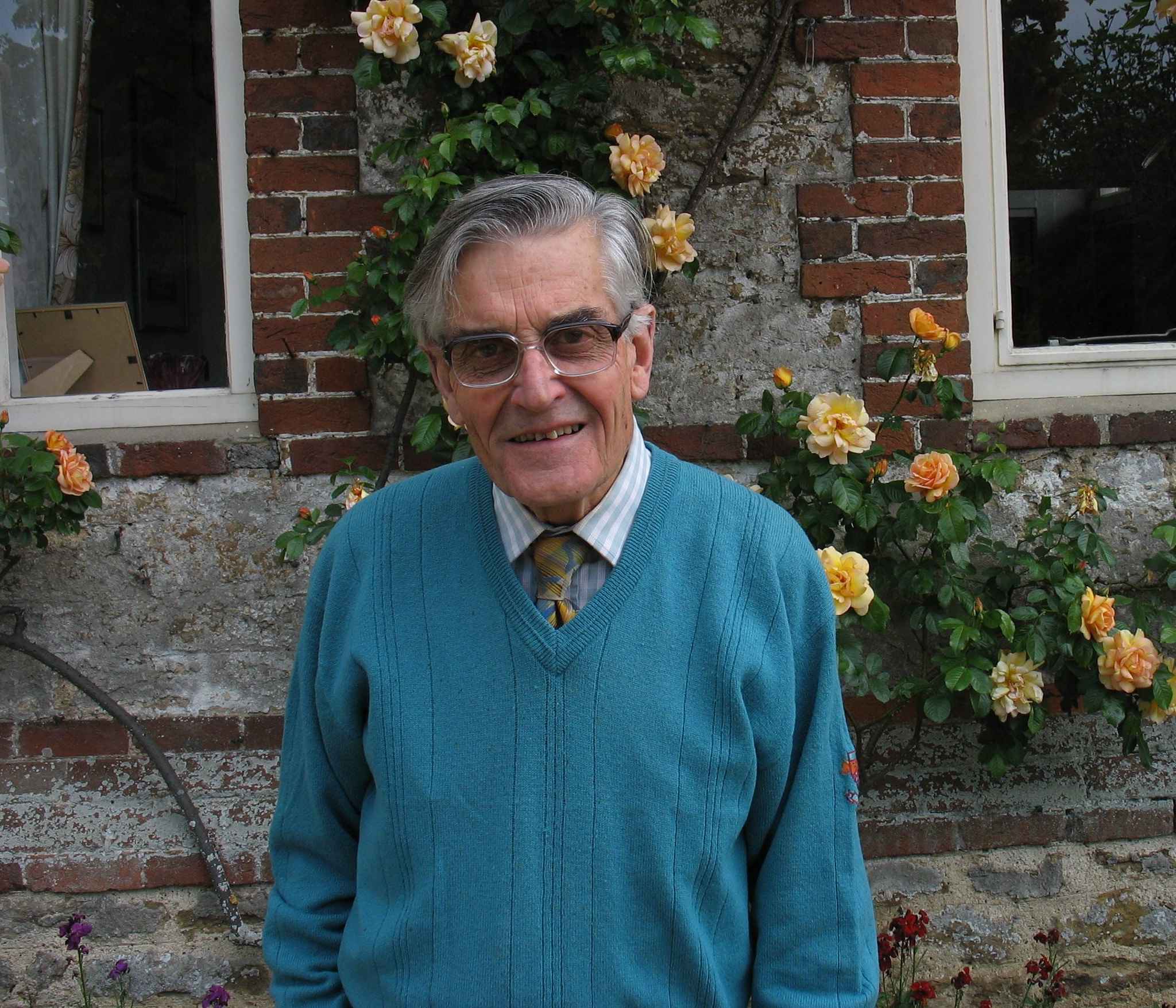On 11 January Dick Richards described the final journey of the Unknown Warrior to his burial in Westminster Abbey on 11 November 1920.
The idea had come to David Railton, an army chaplain, in July 1916. In the garden of his billet near Armentières he saw a grave marked by a rough cross inscribed ‘An Unknown British Soldier of the Black Watch’. That suggested to him his plan, which he hoped would comfort relatives mourning a warrior with no known grave. But he decided it would have to wait until the end of the war; and was then uncertain about who to approach. In August 1920 his wife said: ‘Now or never’. He wrote to Herbert Ryle, Dean of Westminster, suggesting the burial in the Abbey of the body of ‘one of our unknown comrades’ recovered from France.
Bishop Ryle liked the idea, and did know who to approach, up to and including the (initially reluctant) King George V. Lloyd George and Field Marshal Sir Henry Wilson were enthusiastic. On 15 October 1920 the Cabinet approved the proposal, and appointed a committee under Lord Curzon to plan the event – in an astonishingly short time.
They took the utmost precautions to ensure that the warrior would be truly unknown. Four skeletons were exhumed from separate battlefields: maybe a scrap of khaki to show that the remains were reliably British but lacking any identifying badge or button. They were taken to a makeshift chapel at Army HQ, St Pol. Brigadier General Wyatt chose one, and the others were reburied along a roadside, so that it remained unknowable where the selected warrior had fallen.
The bones, in a simple pine coffin, were taken, with 6 barrels of soil from a French battlefield, to the Château at Boulogne. Here the simple coffin was placed inside a huge ceremonial coffin brought from England, decorated with a sword from the Tower of London. On the morning of 10 November British soldiers carried it through Boulogne to the quayside, watched by large crowds. At the quayside, Marshal Foch, present on his own initiative, joined the ceremony. The coffin was put on board HMS Verdun (chosen as a compliment to France), and taken to Dover. At Dover Marine station it was loaded into the luggage van that had previously been used to convey Edith Cavell’s body. A plaque on platform 8 at Victoria station records the Unknown Warrior’s overnight stay there.
On 11 November huge crowds watched the procession from Victoria to the Abbey via Constitution Hill, The Mall and Whitehall. The sergeant in charge of the bearers was Harry Ivey, great uncle of a History Club member. The King unveiled the new Cenotaph in Whitehall and laid a wreath there. He had also placed a wreath of red roses and bay leaves on the Unknown Warrior’s coffin: ‘In proud memory of those Warriors who died unknown in the Great War. Unknown, and yet well-known … George R[ex] I[mperator]’.
The procession continued to the Abbey, entering by the north door. Tickets for the service had been allocated by ballot, except that 99 widows who had lost both their husband and one or more sons were guests of honour. The Union Flag which had served David Railton in France as an altar cloth, and sometimes as a shroud, was used as a pall, and still hangs in the Abbey. The grave was filled with the French soil.
You can watch a short (silent) Pathé News film of scenes from the journey.
